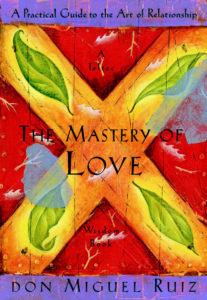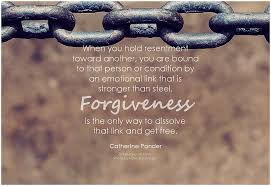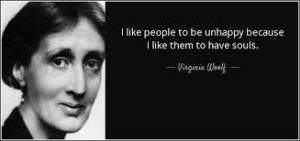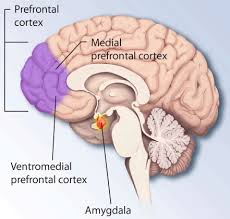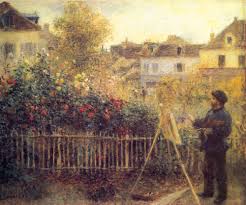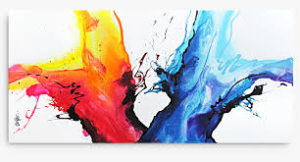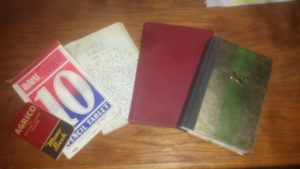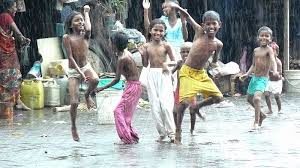
When we’re granted life-sustaining rain from above, we are generally thankful. In Arizona, where I live, this is especially true. I often hear it said, or say myself, “What a beautiful day,” as the cloudy skies weep. A thunderstorm is an occasion for fascination and wonder. Rain in the summer is welcome if you aren’t at the beach or eating outdoors or you’re intent on staying dry. Gardens and crops flourish. The air is cleared and scented with the good earth. There’s reflection in the rivers, lakes and the fertile mind.
Do you have any fond memories of incidents that occurred in the rain? Times of romance, perseverance, communing with the great outdoors? How about times of frustration due to rain that just wouldn’t stop or was damaging your property? Rain can be memorable, one way or the other.
I recall once when our family was visiting my uncle and his family in the small town of Hamburg, New York. We were there just for the day and it turned out to be a rainy one. My cousins and I were taken to a movie theater to entertain us. Rain showers were coming down as we went into the dark theater and got involved in some film that had to do in part with a man and his horse crossing a desert in the American Southwest. They were on the verge of dying of thirst in a blistering hot, rocky dry river bed. The glare of the sun lit up the screen so bright we could practically feel the heat. At the height of this scene, waters from the storm outside suddenly broke open a door at the lower left of the theater. A wave that I recall to be about six feet high crashed into the open area in front of the stage. People down front were screaming and scrambling for higher ground. The movie was canceled and we were sent home. On the way back, we saw big piles of hail in neighborhood yards.
Of course, I’m not particularly nostalgic about those kinds of incidents. I’m thinking about the warm, summer rain that makes us slow down and live in the peaceful moment or enhances a special event. What would Woodstock have been without the weekend of heavy rains? There has been so much music paying homage to the subject that we can all probably come up with related songs which mean something to us. Looking for some, I came across a list of 15 songs for a rainy summer day. They cover a wide span of time and musical styles, going back to 1952 with Singin’ in the Rain, through 1984’s Purple Rain, country music’s Raining on a Sunday from 2003, to 2011’s It Will Rain. For me, there is no song with more passion than the Temptations’ I Wish it Would Rain. And I can’t fail to mention Rain by the Beatles and Have You Ever Seen the Rain by Creedence Clearwater Revival.
This is monsoon season in Arizona and much of the American Southwest. Unlike the majority of the Northern Hemisphere, summer here is not a time we relish. There are five months of extreme heat ( by which I mean average highs of 90-plus degrees) to navigate through. We stay inside, as the residents of the cold climates do during the winter months. The joke goes, “You know you’re from Arizona if you wear oven mitts when you drive.” June is my least favorite month of the year because the temperatures rise well above 100 each day for long stretches and there is no precipitation for any kind of relief. The dry heat isn’t as oppressive as in the humid regions, but an analogy I hear regularly is how it’s like being in an oven blast.

However, around the beginning of July, the wind shifts to the north out of the Gulf of Mexico and with it comes the moisture. When the monsoon is on a roll, it rains almost every day for weeks at a time and we have our relief. The majestic thunderstorms charge the air with excitement. The winds bringing the change can drop the temperature by 20 degrees in a heartbeat. The rain itself is sometimes cool enough to refresh and other times warm enough to make us feel we’re in a tropical rainforest. Before the storms start, much of the wild vegetation is parched brown. Within a couple weeks, we are up to our knees in lush green growth of all kinds. Rivers and washes flow, water barrels become full and there are new stories to share all around. Our own rock landscaping is full of green. This year, I have a virtual army of zinnia “volunteers” that will bring us flowers for the summer. Alleluiah, the desert is alive! I love the summer rains.

